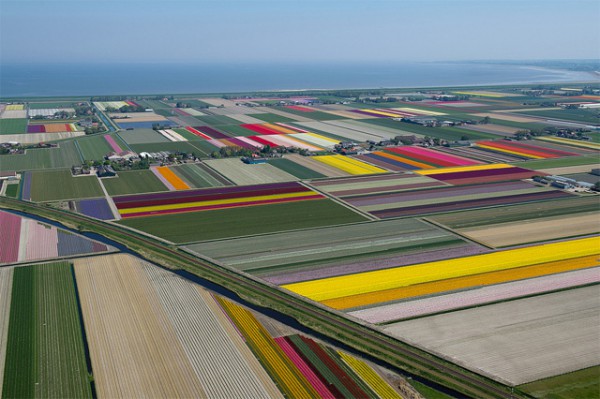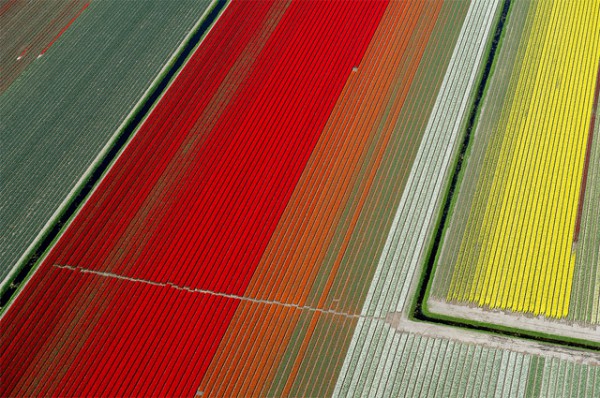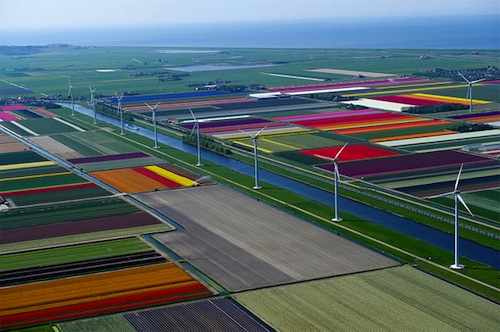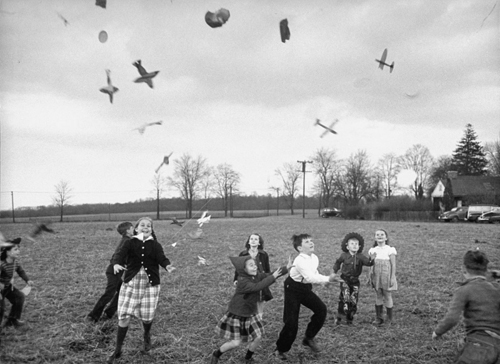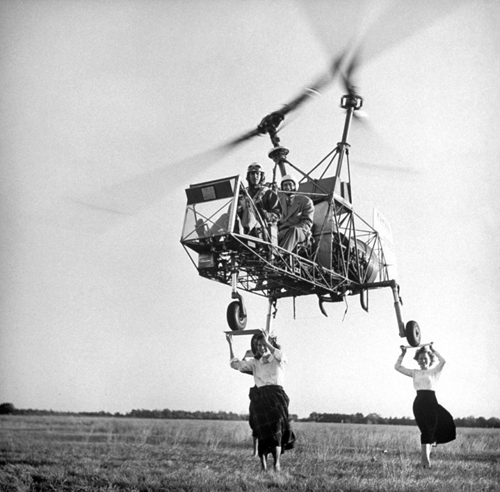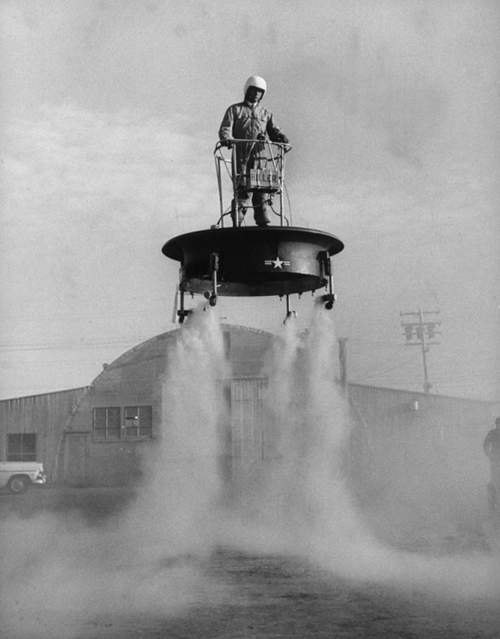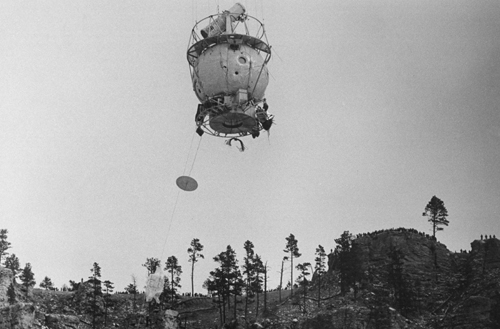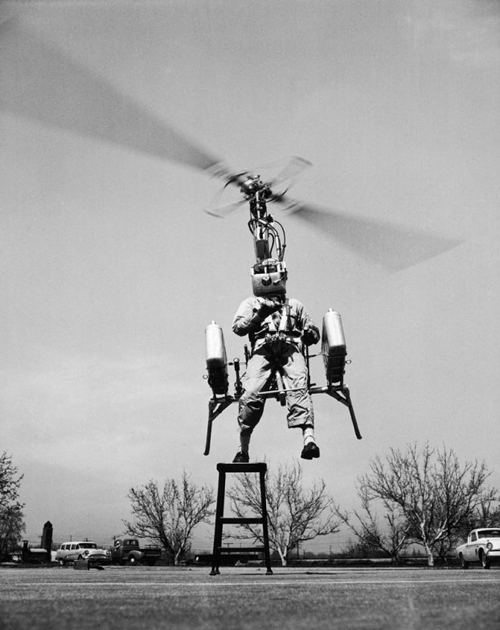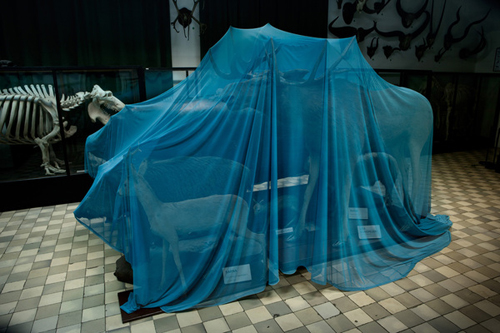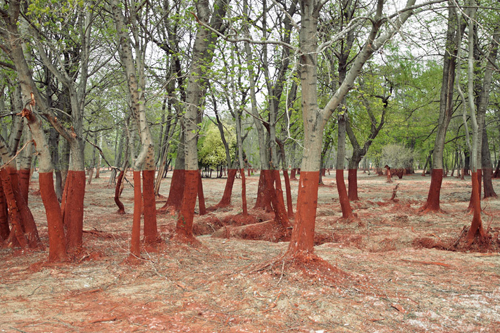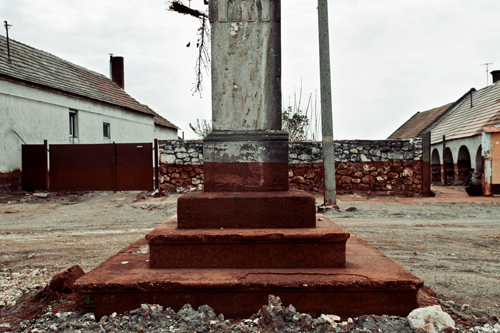Flying over the Tulips Fields
Looking at the tulip fields can spring a few surprises, particularly the view from above. Flying over the Tulips Fields by Normann Szkop is the fantastic series about natural colors and man-made patterns. These photos were shot in Anna Paulowna, a town in the Netherlands, in the province of North Holland. This brings me to an incredible film project which I had kept around for a while: »Bloemencorso, the annual parade of flowers, takes place in Zundert and features some of the most creative and modern examples of the floral sculpting form you’re likely to see.« Enjoy!
